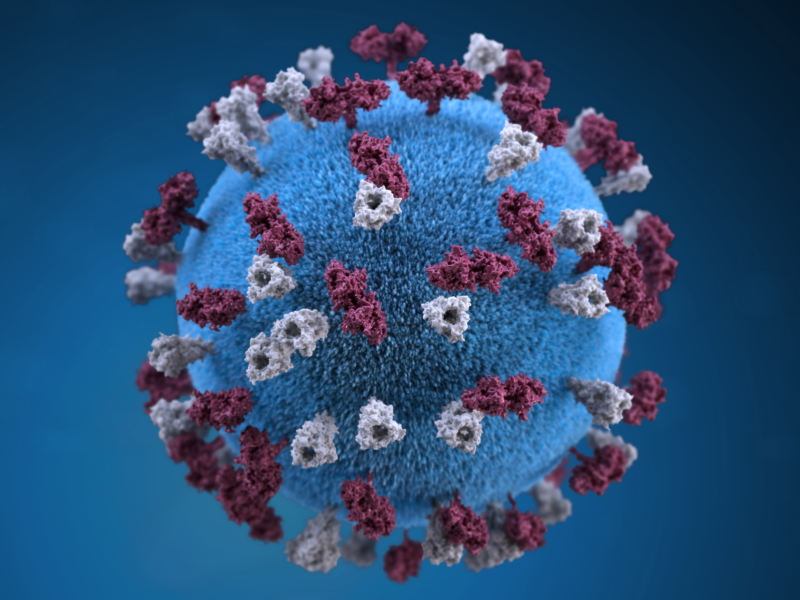The World Health Organization (WHO) estimated global malaria deaths in 2010 to be around 655,000 but recent research suggests it may be nearly twice that number.
Researchers at the Institute for Health Metrics and Evaluation (IHME) at the University of Washington published an article in medical journal The Lancet that estimated 2010 malaria mortality at 1.2 million. The article highlights new at-risk populations and acknowledges the success of the last decade in the fight against malaria.
Where did the IHME find over 500,000 additional malaria deaths? The research comes from a larger study, titled “Global Burden of Disease, Injuries and Risk Factors in 2010,” and researchers scoured vital registration data from 105 countries from 1980 to 2010. Vital registration databases record births, deaths, and causes of deaths for a given country. In addition to this information, they turned to studies that made use of verbal autopsy, a method of establishing probable cause of death through interviewing family members about the signs and symptoms of the deceased.
The use of vital registration and verbal autopsy data to model death rates differs from the WHO’s “natural history” approach. According to Chris Murray, lead author of the study, the WHO applies expected death rates to the proportion of population infected with malaria. The WHO’s method of modeling does not make use of collected cause of death data. Conversely, a spokesman for the WHO questioned the accuracy of verbal autopsies, pointing out “there is no diagnosis done in laboratory or after death of how a person actually died… we know there are many different diseases which cause fever.”
Perhaps the most surprising finding is the possibility that deaths in people over five years of age are much higher than previously thought. In fact, IHME researchers found deaths in Africa in people over five to be 8.1 times higher than estimated by the WHO. Conventional wisdom held that if a child survives malaria while young, they develop some level of protection against later attacks. Thus, in many malaria endemic regions, adults are viewed as much less likely to die.
Even with the discrepancy in absolute numbers, both the WHO and IHME agree that malaria deaths are falling after peaking in 2004. They attribute the decline in mortality to the scale-up of insecticide treated bednets (ITNs) and the rise of artemisinin combination treatments (ACT), a class of powerful antimalarial drugs. Much of this progress can be credited to work funded by the Global Fund Against AIDS, Tuberculosis, and Malaria.
Finally, this research has some important policy implications. Healthcare workers currently focus on ITN usage amongst pregnant women and young children, but if malaria is in fact killing many adults, everyone needs to be using ITNs. Additionally, the progress made since 2004 should encourage the global community to continue its efforts, for example by supporting the Global Fund. As Murray stated in a podcast on the Lancet’s website, if malaria is twice as big of a problem as previously thought, it deserves more resources.
For a visualization of the IHME’s findings, visit their website.

